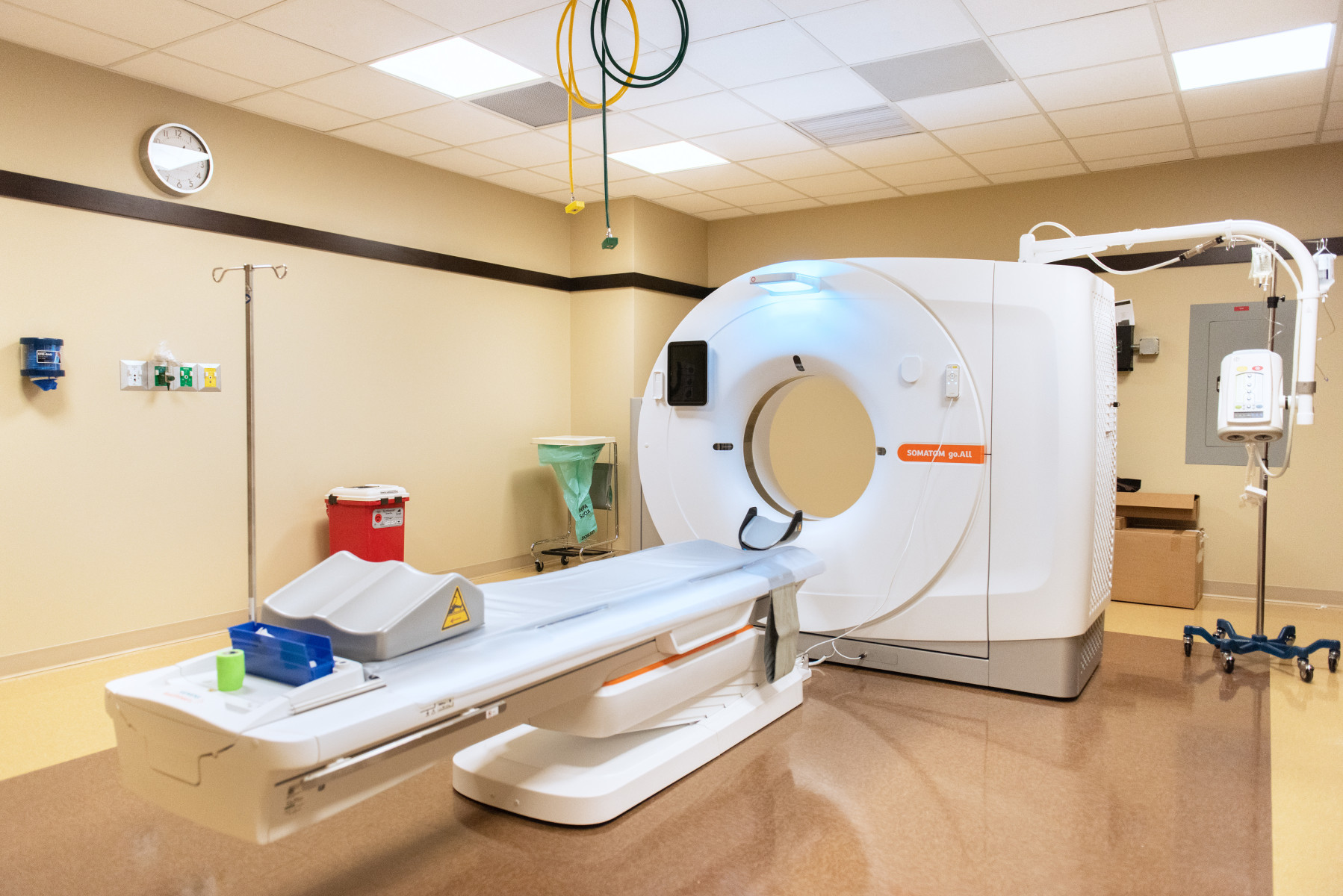Peanut Allergy Turned Off by Tricking Immune System
 |
Researchers have turned off a life-threatening allergic response to peanuts by tricking the immune system into thinking the nut proteins aren’t a threat to the body, according to a new preclinical study from Northwestern Medicine. The peanut tolerance was achieved by attaching peanut proteins onto blood cells and reintroducing them to the body — an approach that ultimately may be able to target more than one food allergy at a time.
“We think we’ve found a way to safely and rapidly turn off the allergic response to food allergies,” said Paul Bryce, PhD, an assistant professor of medicine in the division of allergy-immunology at Northwestern University Feinberg School of Medicine. Bryce and Stephen Miller, PhD, professor of microbiology-immunology at Feinberg, are co-senior authors of a paper published in the Journal of Immunology.
It’s the first time this method for creating tolerance in the immune system has been used in allergic diseases. It has previously been used in autoimmune diseases.
The approach also has a second benefit. It creates a more normal, balanced immune system by increasing the number of regulatory T cells, immune cells important for recognizing the peanut proteins as normal.
“T cells come in different ‘flavors’,” Bryce said. “This method turns off the dangerous Th2 T cell that causes the allergy and expands the good, calming regulatory T cells. We are supposed to be able to eat peanuts. We’ve restored this tolerance to the immune system.”
Peanut allergies often cause life-threatening allergic reactions, called anaphylaxis. Each year there are between 15,000 and 30,000 episodes of food-induced anaphylaxis and 100 to 200 related deaths in the United States, according to the National Institutes of Health. There is no safe treatment to protect people from a severe allergic reaction to food.
When an allergic person eats a peanut, the proteins are absorbed through the intestine and can activate a life-threatening, full-body immune response. This includes constriction of the airways, low blood pressure and/or shock and can lead to loss of consciousness and death.
Using a mouse model that mimics a life-threatening peanut allergy (which the Northwestern team developed several years ago), researchers attached peanut proteins onto white blood cells called leukocytes and infused those back into the mice. After two treatments, the mice were fed a peanut extract. They did not have the life-threatening allergic reaction because their immune system now recognized the protein as safe.
“Their immune system saw the peanut protein as perfectly normal because it was already presented on the white blood cells,” Bryce said. “Without the treatment, these animals would have gone into anaphylactic shock.”
Bryce thinks more than one protein can be attached to the surface of the cell and, thus, target multiple food allergies at one time.
In the second part of the study, Northwestern researchers used the same approach with an egg protein, which was to provoke an immune response –- similar to an asthma attack — in the lungs. They attached the proteins to white blood cells and infused the cells back into the mice. When the mice inhaled the asthma-provoking egg protein, their lungs didn’t become inflamed.
“This is an exciting new way in which we can regulate specific allergic diseases and may eventually be used in a clinical setting for patients,” said Miller, the Judy Gugenheim Research Professor at Feinberg.
Miller also has used the same approach in autoimmune diseases. His previous published research has shown the same technique to stop the progression of multiple sclerosis and type 1 diabetes, both autoimmune diseases, in animal models. This approach is currently being tested in multiple sclerosis patients in a phase I/IIa clinical trial.
For autoimmune diseases and allergic airway diseases, Miller also is working with microparticles rather than white cells to induce tolerance, because the microparticles are more easily standardizd for manufacturing.
The paper’s co-lead authors are Charles B. Smarr and Chia-Lin Hsu, both graduate students.
The research was funded by the National Institutes of Health and the Food Allergy Initiative.
Members of the media, please contact Marla Paul via e-mail or at (312) 503-8928 for more information about this story.






